In the ever-evolving world of health and wellness, two dietary approaches have captured the attention of millions: the keto diet and intermittent fasting. Each promises unique benefits, from fat loss and improved energy levels to enhanced mental clarity. But what happens when these two powerful strategies converge? This complete guide explores the science, benefits, and practical tips for combining keto and intermittent fasting, helping you navigate the path toward a healthier lifestyle with confidence and clarity. Whether you’re a seasoned practitioner or just beginning your wellness journey, understanding how these methods work together could be the key to unlocking your full potential.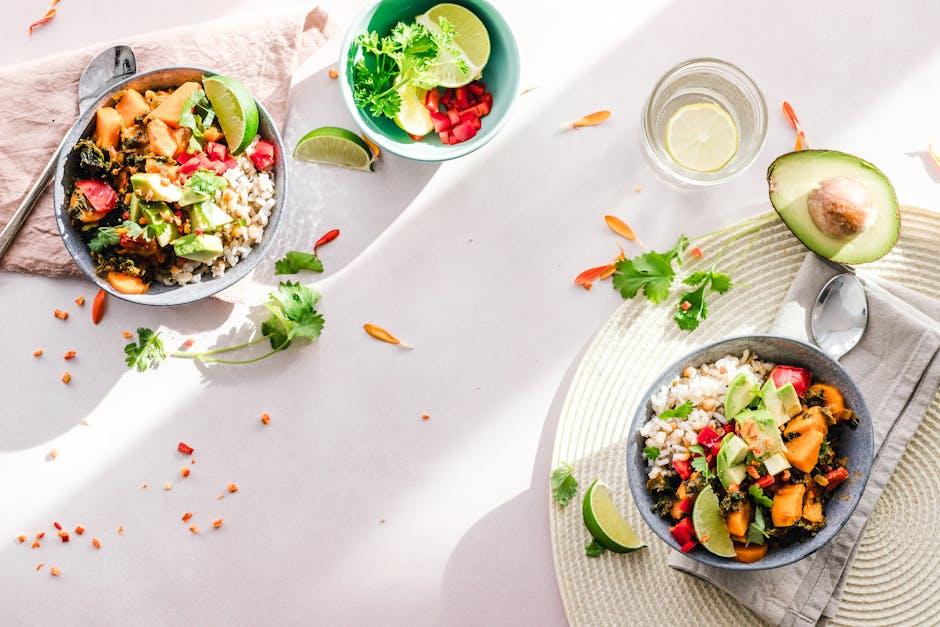
Understanding the Science Behind Keto and Intermittent Fasting
At its core, the ketogenic diet pivots the body’s energy source from carbohydrates to fats, inducing a metabolic state known as ketosis. When carbohydrate intake is drastically reduced, the liver starts converting fatty acids into molecules called ketones, which become the brain and body’s primary fuel. This shift promotes fat burning and stabilizes blood sugar levels, making energy production more efficient and less erratic. Meanwhile, intermittent fasting optimizes this effect by extending the period during which the body remains in fat-burning mode. By deliberately cycling between eating and fasting windows, the body intensifies its reliance on stored fat for energy, boosting metabolic flexibility and cellular repair mechanisms.
Together, these approaches exhibit a synergy that amplifies health benefits through complementary biological pathways. For example:
- Insulin Regulation: Both methods reduce insulin spikes, helping maintain stable glucose levels.
- Hormonal Balance: They promote secretion of human growth hormone (HGH), which facilitates fat breakdown and muscle preservation.
- Inflammation Reduction: Lower insulin and glucose levels contribute to decreased systemic inflammation.
- Autophagy Activation: Fasting triggers cellular cleanup and regeneration processes that support longevity.
| Mechanism | Effect | Enhanced By |
|---|---|---|
| Ketone Production | Energy Shift from Glucose to Fat | Keto Diet |
| Insulin Sensitivity | Stabilized Blood Sugar | Both |
| Growth Hormone Release | Fat Breakdown & Muscle Preservation | Intermittent Fasting |
| Autophagy | Cellular Repair | Intermittent Fasting |
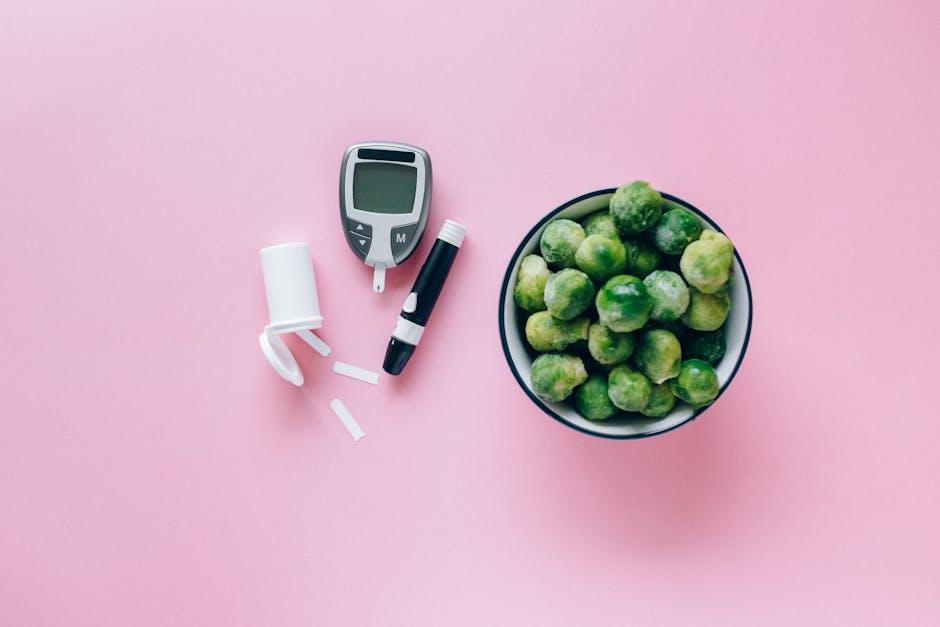
Balancing Macronutrients for Optimal Ketosis and Fasting Results
Achieving and maintaining a deep state of ketosis while practicing intermittent fasting relies heavily on how you balance your macronutrients. The key lies in prioritizing high-quality fats, moderate protein, and minimal carbohydrates. Consuming healthy fats such as avocados, olive oil, and fatty fish ensures your body has a steady energy source, helping it transition smoothly into fat-burning mode. Protein should be kept at moderate levels to preserve muscle mass without triggering gluconeogenesis, which can interrupt ketosis. Meanwhile, restricting carbs to under 20-30 grams per day forces your body to switch from glucose to ketones as its primary fuel, maximizing both ketosis and fasting benefits.
To visualize the ideal macronutrient distribution, consider this simple breakdown:
| Macronutrient | Percentage of Daily Calories | Primary Sources |
|---|---|---|
| Fats | 70-75% | Avocado, coconut oil, nuts, fatty fish |
| Proteins | 20-25% | Chicken, eggs, beef, tofu |
| Carbohydrates | 5-10% | Leafy greens, berries, low-carb veggies |
- Optimize fat intake by incorporating diverse sources for nutritional variety.
- Monitor protein levels to support muscle without compromising ketosis.
- Limit carbs consistently to maintain fasting-induced fat burning and ketone production.

Crafting a Sustainable Meal Plan That Supports Both Approaches
Balancing the demands of a keto diet and intermittent fasting requires intentional meal planning that honors both nutritional density and optimal eating windows. Start by focusing on whole, nutrient-rich foods that are high in healthy fats and moderate in protein, while keeping carbs low. Incorporate a variety of leafy greens, avocados, nuts, and fatty fish, which not only support ketosis but also provide sustained energy during fasting periods. Planning meals that are satisfying yet light enough to avoid sluggishness helps you glide through fasting phases with greater ease and less temptation.
A simple, effective strategy is to map out your meals using a weekly template, highlighting the best time windows for eating that suit your lifestyle. For example, timing your larger, fat-rich meals at the start and end of your eating window can stabilize blood sugar and curb appetite. Consider adding the following staples to your shopping list for a smooth integration of both regimes:
- Olive oil and coconut oil for cooking and dressings
- Eggs and grass-fed butter for versatile, nutrient-dense options
- Low-carb veggies like zucchini, spinach, and cauliflower
- Fatty cuts of meat and wild-caught salmon for satiating proteins
| Meal | Optimal Time | Focus |
|---|---|---|
| First Meal | 12:00 PM | High fat + moderate protein to break fast |
| Snack | 3:00 PM | Low-carb veggies + nuts for sustained energy |
| Final Meal | 6:30 PM | Fatty meat + leafy greens to fuel overnight fast |

Common Challenges and How to Overcome Them Successfully
Embarking on a journey combining keto and intermittent fasting often brings a unique set of hurdles. Many encounter initial fatigue and brain fog as the body transitions into ketosis and adjusts to new eating windows. Combatting this requires ample hydration, adequate electrolytes, and patience—the body typically adapts within 1 to 2 weeks. Another common struggle is managing social settings and meal planning, which can be overwhelming due to the strict nature of keto and fasting schedules. Preparing simple, keto-friendly snacks in advance and communicating your fasting routine with friends can reduce anxiety and keep you on track.
Weight plateaus and hunger pangs also pose frequent frustrations. Personality and lifestyle differences mean solutions must be tailored: incorporating gentle exercise like walking or yoga can help overcome plateaus by boosting metabolism without stressing the system. For hunger, focus on high-fat, fiber-rich meals that promote satiety, such as avocado and chia seeds. Below is a quick guide illustrating strategies to tackle these obstacles effectively:
| Challenge | Effective Strategy | Additional Tips |
|---|---|---|
| Fatigue & Brain Fog | Increase electrolytes, hydrate well | Try bone broth or mineral supplements |
| Social Meal Planning | Pre-pack keto snacks, set expectations | Involve friends in meal prep for fun |
| Weight Plateaus | Light exercise, adjust fasting window | Consider intermittent fasting variations (e.g., 16:8 or 18:6) |
| Hunger Pangs | High-fat, fiber-rich meals | Incorporate nuts, seeds, and leafy greens |
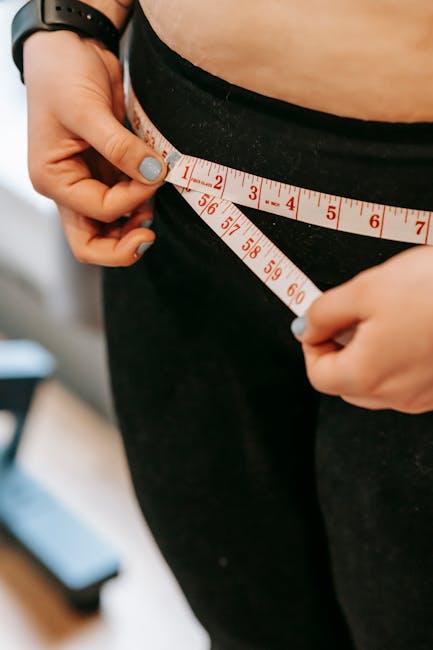
Tracking Progress and Adjusting Your Routine for Long-Term Benefits
Consistency is key when combining the keto diet with intermittent fasting, but that doesn’t mean your approach should be rigid. Monitoring your progress regularly helps identify what’s working and what might need fine-tuning. Use a journal or digital app to log daily food intake, fasting hours, energy levels, and any changes in mood or sleep patterns. This ongoing feedback loop allows you to align your habits with your goals, making adjustments when plateaus occur or when you feel overly fatigued. Remember, progress is not linear, and slight tweaks often lead to sustainable long-term success.
Consider the following elements to evaluate and adjust your plan effectively:
- Weight and body measurements – Track physical changes beyond the scale to spot fat loss and muscle gain.
- Fasting window flexibility – Experiment with different fasting durations to find what suits your lifestyle.
- Macronutrient balance – Adjust fat, protein, and carbs depending on your energy and performance levels.
- Hydration and electrolyte intake – Fine-tune based on how you feel to avoid dehydration and keto flu symptoms.
| Metric | Ideal Frequency | Adjustment Tips |
|---|---|---|
| Weight | Weekly | Focus on trends, not daily fluctuations |
| Energy Levels | Daily | Adjust macros or fasting times if low |
| Sleep Quality | Weekly | Modify meal timing if restless |
| Body Measurements | Monthly | Track specific areas for fat loss |
Q&A
Q&A: Keto Diet and Intermittent Fasting – A Complete Guide
Q1: What is the keto diet, and how does it work?
A: The keto diet is a high-fat, moderate-protein, and very low-carb eating plan that shifts your body into a state called ketosis. In ketosis, your body burns fat for fuel instead of carbohydrates, which can lead to weight loss and improved mental clarity. By drastically reducing carb intake, insulin levels drop and your body starts breaking down fat into ketones—a new energy source.
Q2: What exactly is intermittent fasting (IF)?
A: Intermittent fasting is an eating pattern that cycles between periods of eating and fasting. Rather than focusing on what to eat, IF concentrates on when to eat. Common methods include the 16/8 method (fasting for 16 hours, eating in an 8-hour window) or the 5:2 method (eating normally five days a week and very low calories two days).
Q3: How do keto and intermittent fasting complement each other?
A: Both keto and IF encourage the body’s use of fat for energy, but from different angles. Keto reduces carbs to maintain ketosis, while IF limits eating windows, naturally lowering calorie intake and insulin spikes. Together, they can speed up fat burning, improve insulin sensitivity, and promote steady energy levels without the roller coaster of blood sugar highs and lows.
Q4: Are there any benefits beyond weight loss?
A: Absolutely. Both keto and intermittent fasting may enhance brain function, increase metabolic flexibility, support heart health, and reduce inflammation. Some studies also suggest potential longevity benefits. However, research is ongoing, and individual results vary.
Q5: What are common challenges when combining keto and IF?
A: Transitioning to this combo can come with initial hurdles like fatigue, irritability, “keto flu,” or hunger pangs during fasting periods. Hydration and electrolyte balance become very important. Planning meals to ensure nutrient-dense foods during eating windows helps ease adaptation.
Q6: Who should avoid or be cautious with keto and intermittent fasting?
A: People with certain medical conditions—like diabetes on medication, eating disorders, or pregnant/nursing women—should consult a healthcare provider before starting. Also, those with very active lifestyles or specific nutritional needs should approach this combo carefully to avoid energy deficits.
Q7: How to start combining keto and intermittent fasting safely?
A: Begin by learning keto basics and gradually reduce carb intake. Once comfortable in ketosis, introduce intermittent fasting slowly—maybe start with a 12-hour fast, then extend as you feel ready. Listen to your body, stay hydrated, and consider working with a nutritionist for personalized guidance.
Q8: Can I exercise on keto and intermittent fasting?
A: Yes, but the type and timing of exercise matter. Light to moderate workouts are usually well-tolerated. Some people perform fasted cardio, while others prefer to eat before intense sessions. Adequate hydration, electrolytes, and post-exercise nutrition help maintain performance and recovery.
Q9: What foods are staples on a keto diet during the eating window?
A: Think fatty fish, eggs, avocados, nuts, seeds, olive oil, butter, and low-carb veggies like spinach, zucchini, and cauliflower. Avoid sugars, grains, starchy vegetables, and most fruits (except berries in moderation).
Q10: Is long-term adherence to keto combined with intermittent fasting sustainable?
A: Sustainability varies by individual. Many find this lifestyle empowering and beneficial, while others may prefer more flexible approaches. It’s important to tailor the plan to your preferences and health goals, ensuring it fits comfortably into your life over time.
This Q&A offers a creative yet balanced overview, helping readers understand the fundamentals and nuances of integrating keto and intermittent fasting for a healthier lifestyle.
To Conclude
As you close this guide on the keto diet and intermittent fasting, remember that the journey to health is as unique as you are. These strategies, when thoughtfully combined, can unlock new pathways to vitality and well-being. Whether you’re seeking weight loss, mental clarity, or a fresh approach to nutrition, the key lies in tuning into your body’s signals and staying curious along the way. Embrace the rhythm that suits your lifestyle, and let this knowledge empower your next steps toward a balanced, vibrant you.








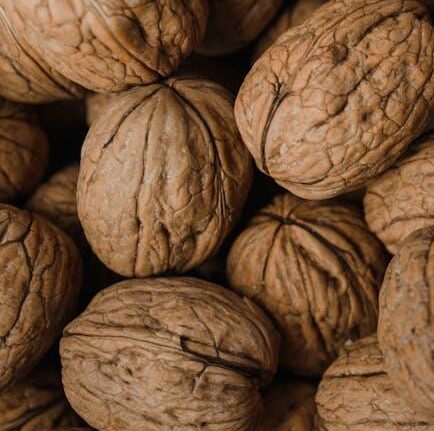
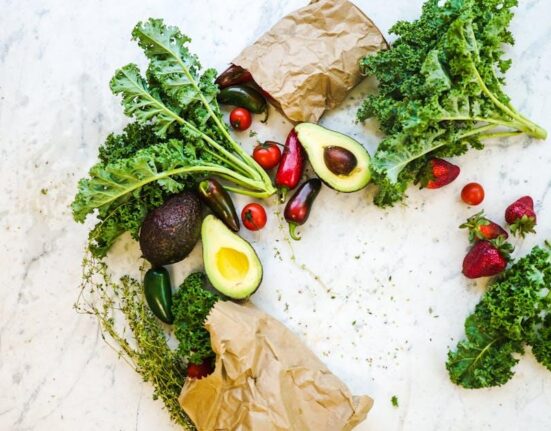



Leave feedback about this